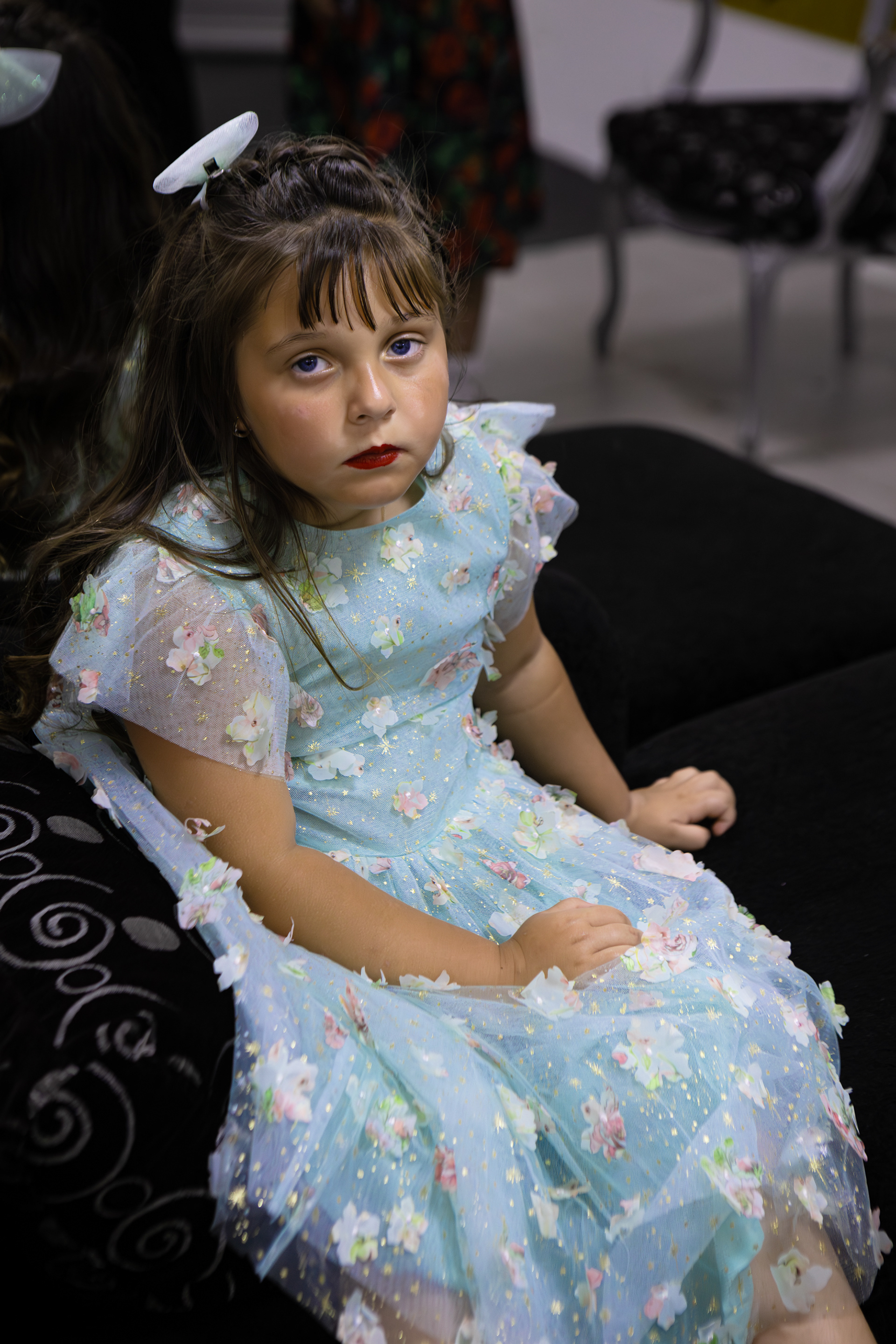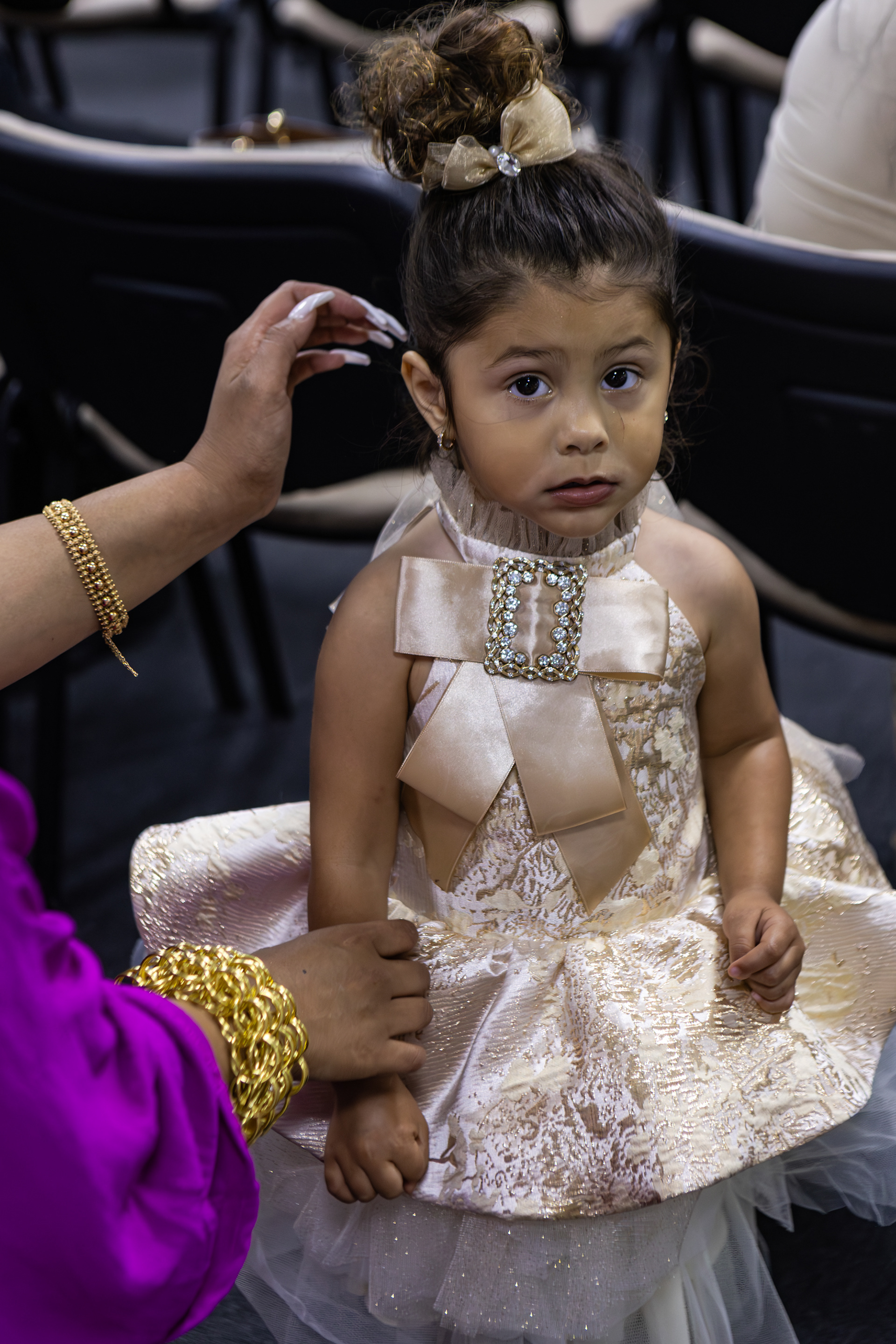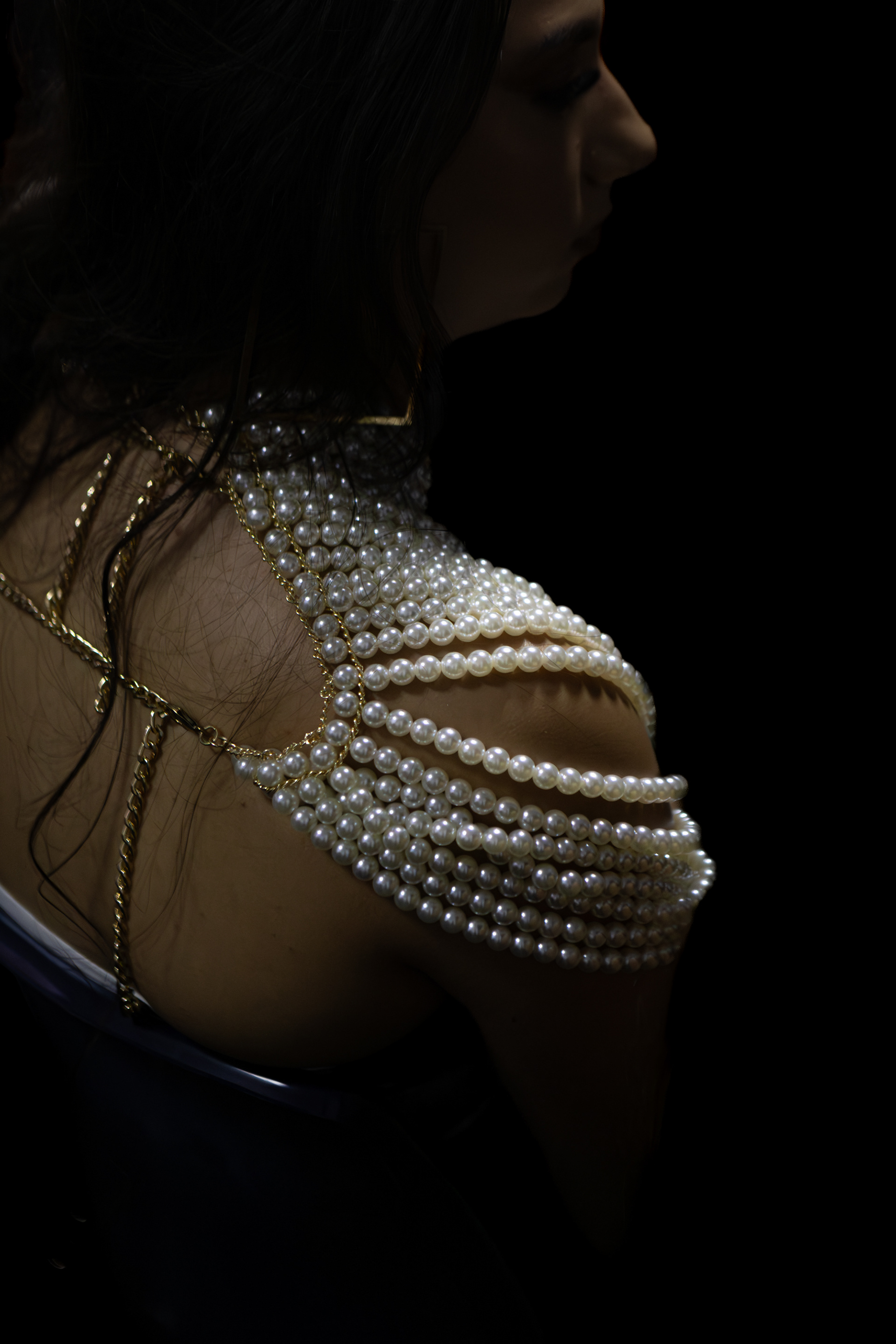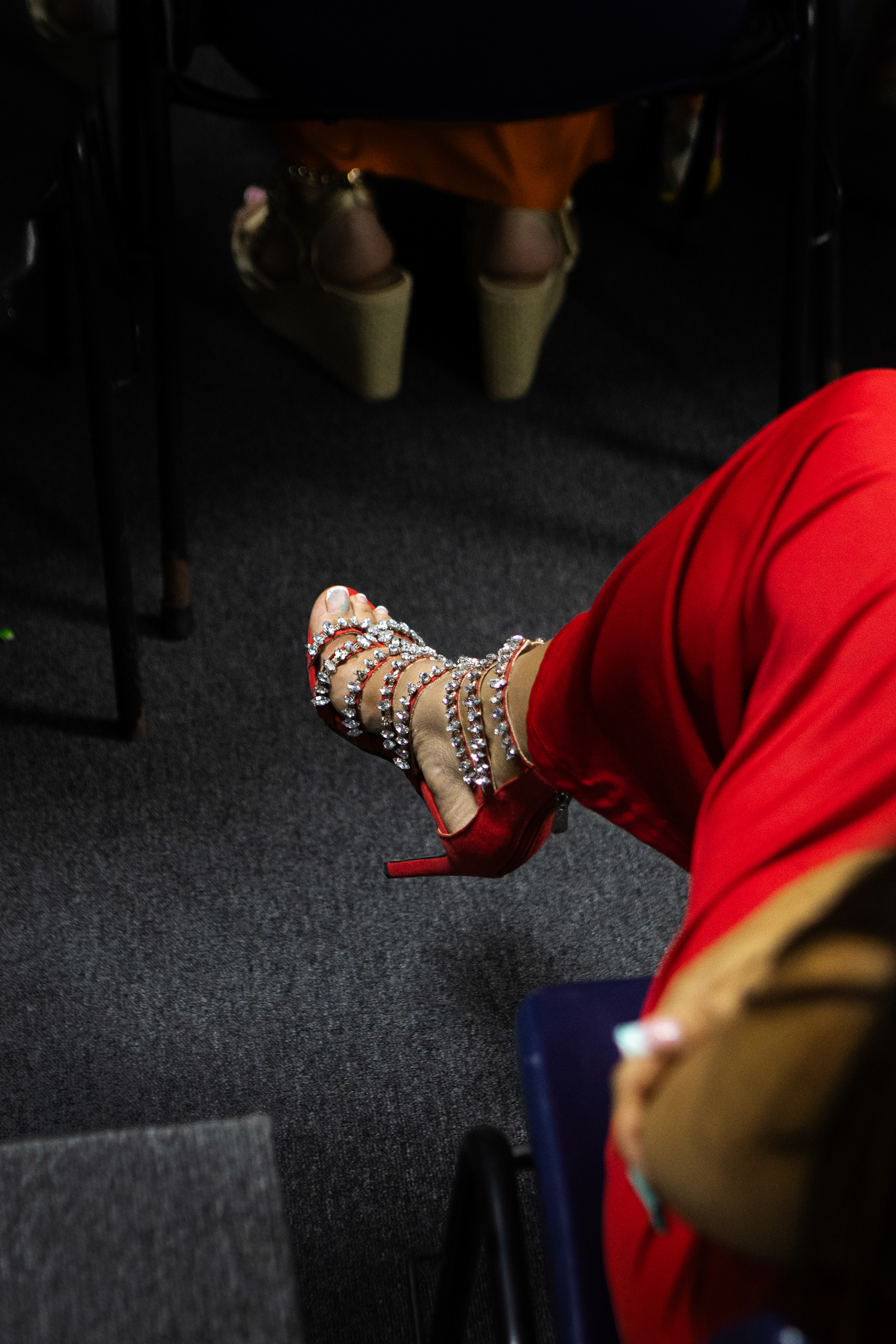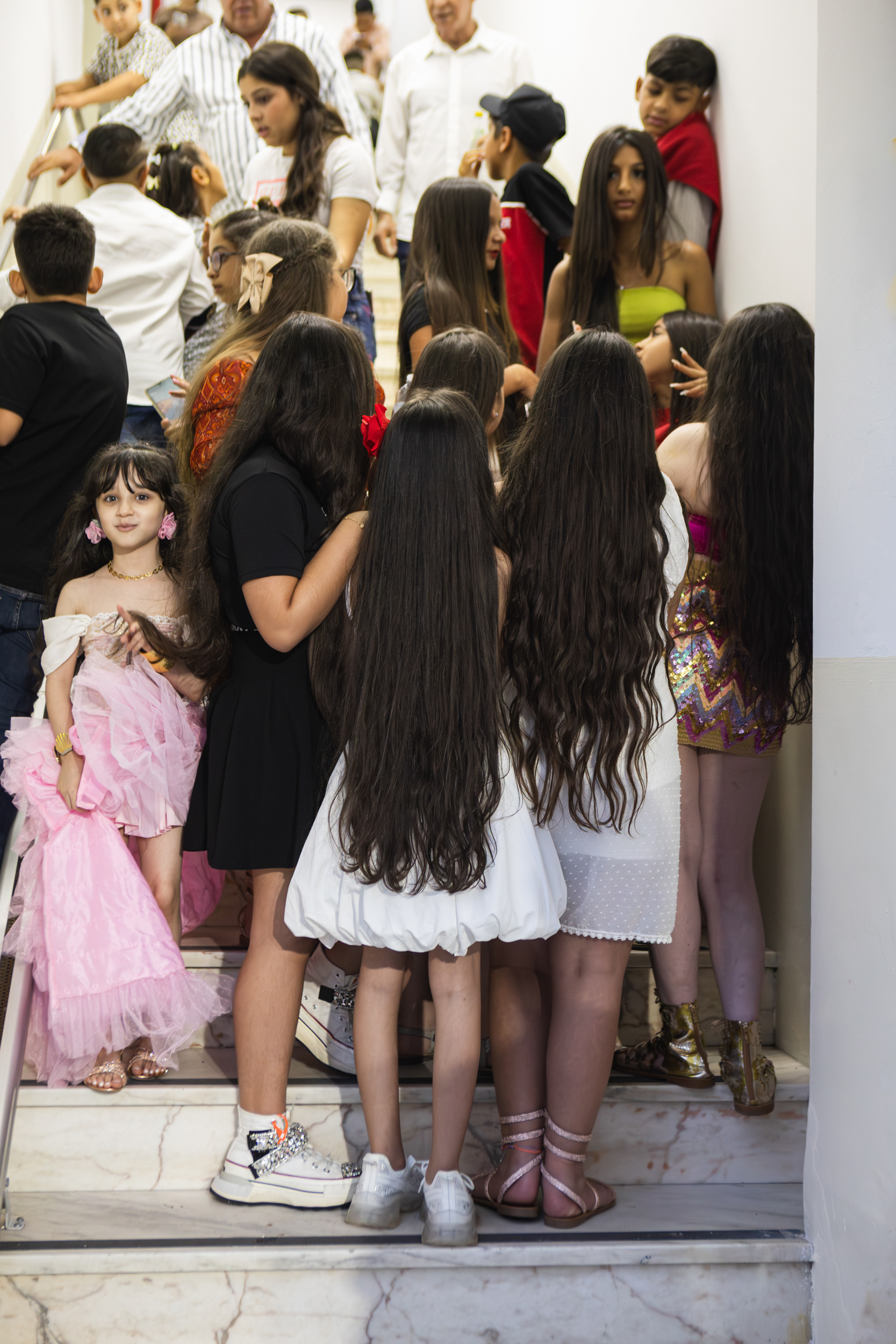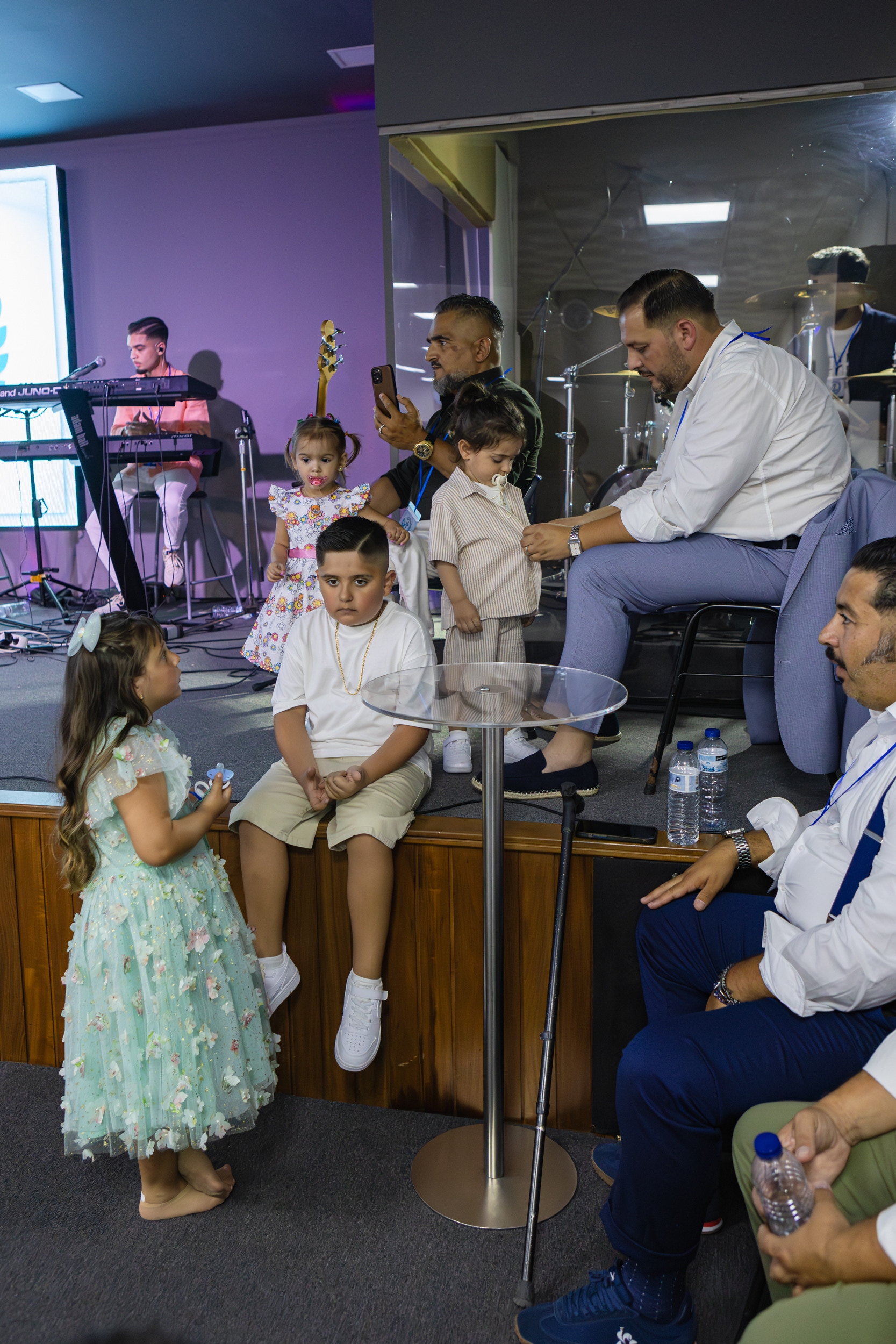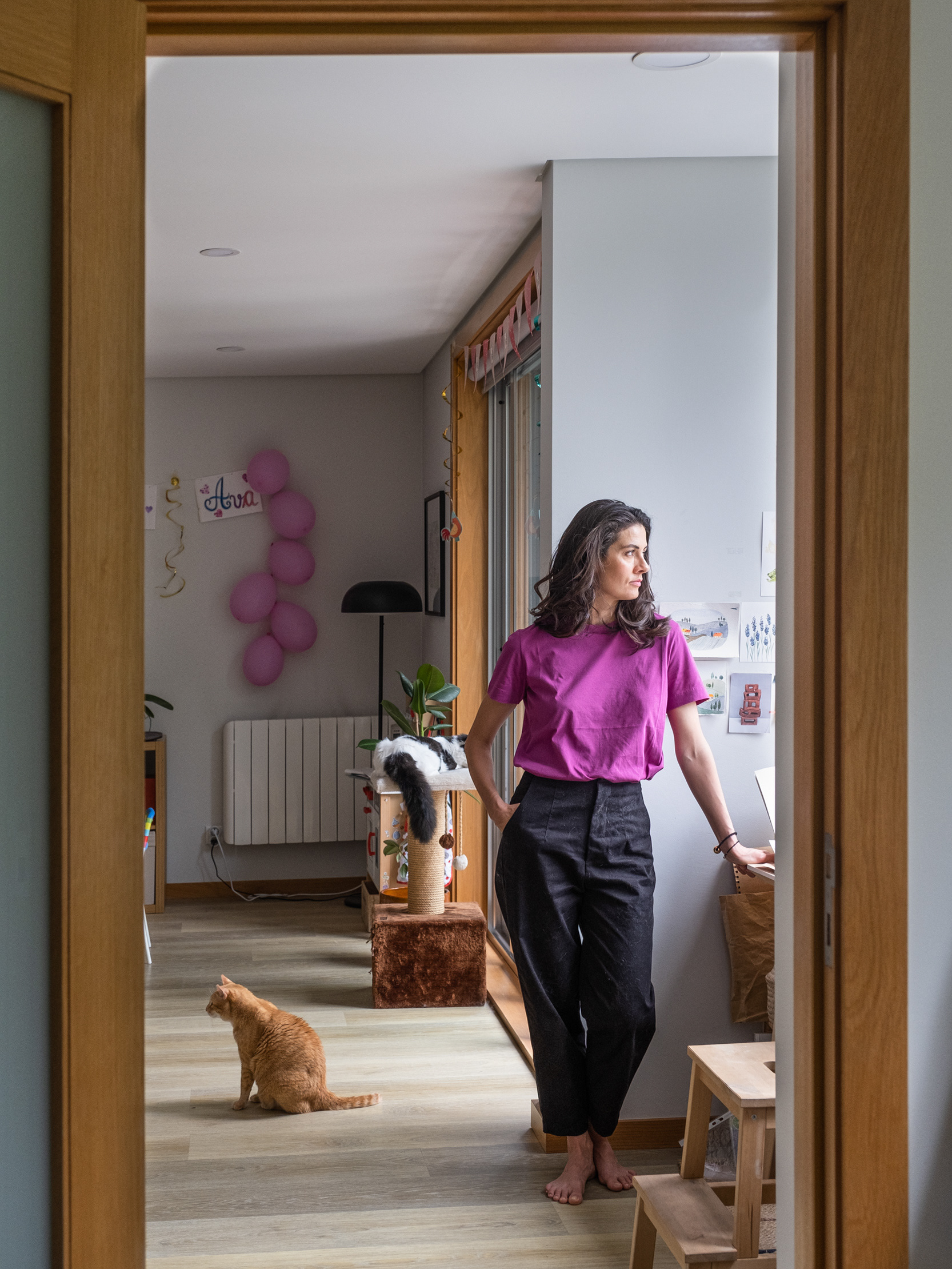Although they have been present in Portugal since the second half of the 15th century, they are not always known and recognised in society at large, and continue to be viewed with suspicion and rejection, forming the eternal ‘internal foreigner’ who navigates in a context of strangeness and permanent tension.
Contrary to static, reductive and stereotyped portraits, these photographs appeal to and praise cultural pluralism, seeking to rescue the complexity and richness of the cultural repertoires of Portuguese Roma.
These images show a strong pride in their ethnic belonging and identity references, since it is in their daily lives that their ethnic and cultural identity is permanently negotiated. These are portraits of their quotidian in which the visual aesthetic is very strong, the women who occupy a central place in this work stand out, in addition to the moments in which religious and spiritual practices are lived, denoting that spirituality and religiosity is transversal to different generations, evoking mourning, props, fashion, music, singing and other elements that are referential to their identity.
Portuguese Roma have learnt to live with the prejudice and adversity they have had to face over time, revealing a great capacity for adaptability, since throughout their history they have had to make important adjustments to their way of life (Mendes, 2007). However, they haven’t lost their identity references and it makes sense to say that ‘gypsies always survive’ (Kephort and Zellner, 1998, p. 135).
Maria Manuela Mendes,
Contrary to static, reductive and stereotyped portraits, these photographs appeal to and praise cultural pluralism, seeking to rescue the complexity and richness of the cultural repertoires of Portuguese Roma.
These images show a strong pride in their ethnic belonging and identity references, since it is in their daily lives that their ethnic and cultural identity is permanently negotiated. These are portraits of their quotidian in which the visual aesthetic is very strong, the women who occupy a central place in this work stand out, in addition to the moments in which religious and spiritual practices are lived, denoting that spirituality and religiosity is transversal to different generations, evoking mourning, props, fashion, music, singing and other elements that are referential to their identity.
Portuguese Roma have learnt to live with the prejudice and adversity they have had to face over time, revealing a great capacity for adaptability, since throughout their history they have had to make important adjustments to their way of life (Mendes, 2007). However, they haven’t lost their identity references and it makes sense to say that ‘gypsies always survive’ (Kephort and Zellner, 1998, p. 135).
Maria Manuela Mendes,
Sociologist, Doctor in Social Sciences, researcher of studies about Ciganos/Roma.
Like the birds (ciriklja - “passaros” em Roma romeno) that soar freely across vast skies, the Roma people carry with them a deep spirit of freedom and resilience. Their journeys, both physical and spiritual, echo the flight of birds, moving gracefully through changing landscapes, adapting yet always connected to their origins.
Alina Zaharia
Like the birds (ciriklja - “passaros” em Roma romeno) that soar freely across vast skies, the Roma people carry with them a deep spirit of freedom and resilience. Their journeys, both physical and spiritual, echo the flight of birds, moving gracefully through changing landscapes, adapting yet always connected to their origins.
Alina Zaharia
